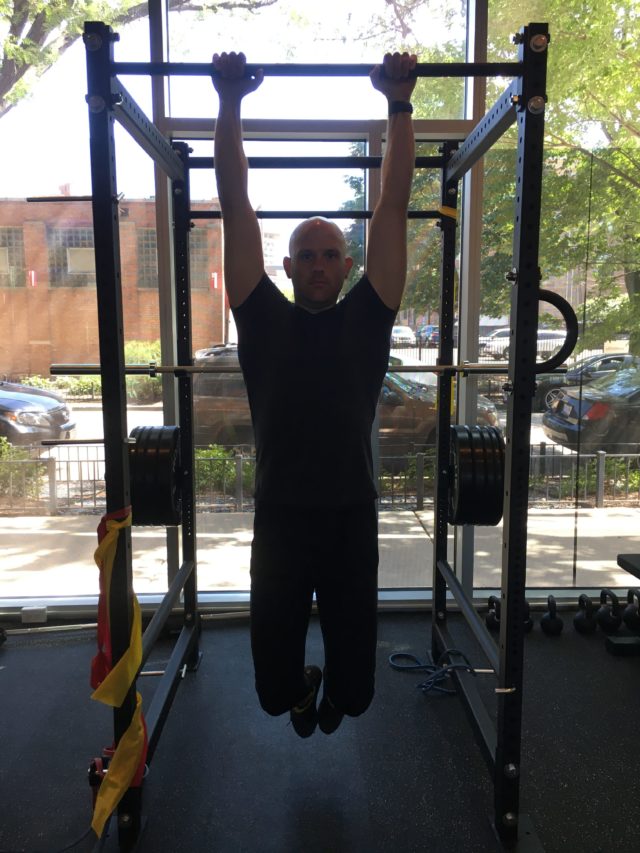Central Nervous System Fatigue and How to Assess to Optimize your Training

If you are a frequent reader of my blog posts, you will come to understand that I am a physical fitness enthusiast. Being a physical therapist by trade, I am able to recognize flaws and shortcomings in numerous physical fitness and training approaches, which will potentially be detrimental. My personal fitness philosophy is simple: less is more. I have written about this before in a previous post, The Dangers of Overtraining.
So if you want more information, please consult this blog. The intent of this particular blog is to shed light to a relatively new phenomenon that occurs in individuals who do overtrain, which is central nervous system fatigue, or CNS fatigue, and how to recognize it.
WHAT IS CNS FATIGUE?
CNS fatigue is a rather complicated physical manifestation of overtraining, and the details go beyond the scope of this blog post. CNS can be a short or a long-term phenomenon. Have you ever have a really intense workout one day and try to workout again the following day and you notice that you’re not putting up the same numbers and reps? That is CNS fatigue in action. Have you ever participated in a prolonged intense training regimen over weeks and felt absolutely drained by the end? CNS fatigue is at it again.
So what exactly is happening? Simply put, it’s an issue of changes in the brain and spinal cord chemistry. Overtraining alters the synaptic concentration of various neurotransmitters in the central nervous system, which inhibits or alters the way your brain and spinal cord are communicating with each other. Ultimately this negatively affects muscle performance.
HOW TO COMBAT CNS FATIGUE
The best way to combat CNS fatigue is to know how to rest. Schedule training sessions according to body parts working and try to get enough days between stressing the same muscle groups. After a prolonged exercise regimen (regimens are typically 8-12 weeks), take at least 1 week off from anything intense to allow for recovery. Make sure to get adequate sleep between training sessions as this is the best way to let your central nervous system recover fully. Diet is also a way that has been shown to reduce CNS fatigue from setting in and allowing it to recover faster.
SIGNS OF CNS FATIGUE
So how can you tell if you’re in a state of CNS fatigue? The gold standard of assessing CNS fatigue is measuring grip strength. It is ideal for you to measure your grip after a prolonged hiatus from intense workouts to obtain a base line measure. Periodically, you should assess and see how your current grip compares to your optimal. You should notice that your grip strength will go down following an intense workout which is to be expected. As long as it returns to it’s normal level prior to your next training session, you’re good. If it doesn’t, consider taking more rest, altering your training schedule, or focusing on lighter intensity activity.
Luckily there are numerous methods to assess grip strength that don’t require you to make an appointment with your physical therapist which I will show you below.
HANGING
Grab onto a bar and hang while keeping time. Time how long it takes for your grip to physically give out and you drop from the bar. This time is your grip strength measurement.

HEAVY BAR HOLD
Load up a long bar with a pretty heavy weight, but a weight that you can safely lift. Time how long it takes for your grip to physically give out and you drop the bar. This time is your grip strength measurement.
